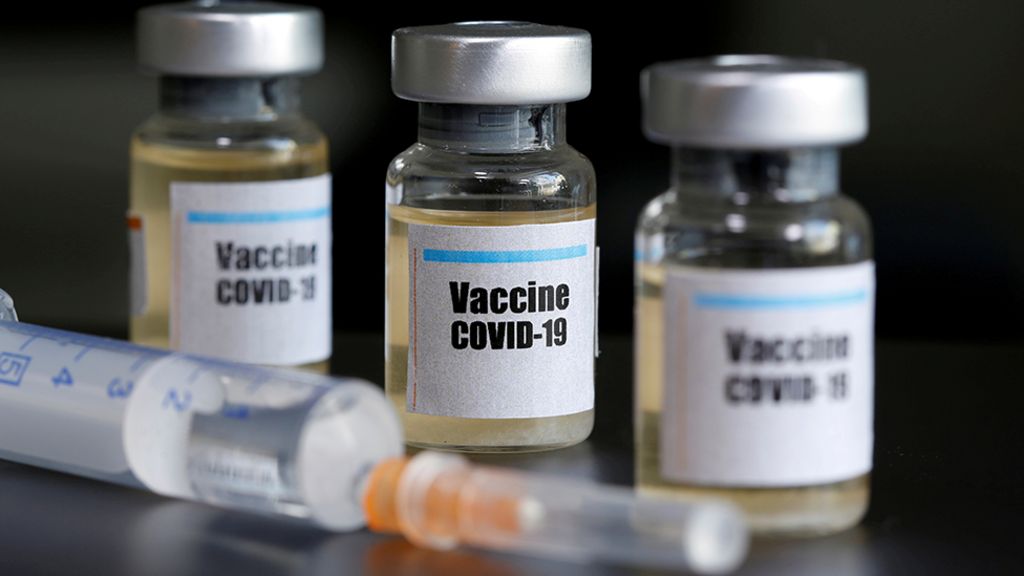Vaccine Wastage: A Growing Cause of Concern in India

Recently concerns have been raised over the increase in wastage of vaccines in many parts of India. According to Union Health Ministry Chhattisgarh, Jharkhand, Jammu and Kashmir, Tamil Nadu and Madhya Pardesh have reported wastage higher than the average 6.3%.
This rate of wastage in Chhattisgarh and Jharkhand is 30.2% and 37.3%, respectively, meaning one out of every three dosages is being wasted. In other states such as Tamil Nadu, Jammu and Kashmir, and Madhya Pradesh, the vaccine wastage is 15.5%, 10.8%, and 10.7%, respectively. This means that a significant number of doses are being wasted,
It is worrying to see these figures come up at a time when the vaccine driver in the country has already slowed down.
It’s no secret that a certain amount of vaccine wastage happens in all vaccination programs and not just in India, this is worldwide. This is especially true if talked about on a scale as large as India, it is something that is extremely unavoidable.
Wastage of vaccine in such largescale programming in any country is phenomena which are inevitable. However, in an ideal situation wastage of more than 1% is not expected no matter how extensive the vaccine drive may be. In India, the average vaccine wastage of 6.3% is much higher than the acceptable 1%.
Each dose of vaccine is precious and at least at this time ideally there should be zero vaccines.
Vaccine hesitancy is certainly a reason for the wastage of vaccines. Wastage happens when a center that has indented a thousand vaccines with only 700 turn up and 20 booths are left with 4-3 doses in each booth. Such wastage can be prevented by educating everyone so as to reduce vaccine hesitancy. Vaccine hesitancy in urban areas is much much less because of education. However, in rural and tribal areas vaccine hesitation is very much there, which is a very important aspect of wastage.
Another preventive measure is to make more solid arrangements of indenting, retaining, and then having a program that is flexible. This can be done through better coordination between the center, the procurement agency, manufacturers, and/or the storage facility. The central government and vaccine-providing mechanisms are emphasizing this so as to have better coordination, organization, and education for the public.
What’s also important is the effective knitting of the government sector, private sector, and the centers or healthcare infrastructures that are less equipped. This is to ensure that there is adequate and trained manpower to give vaccines and there is also a proper storage process. Effective management is a key to ensure reduction in wastage.
The Indian government realizes that each wasted jab means a person is being denied the vaccine and the opportunity to be vaccinated. Wastage is something that is being taken into consideration by the government while allotting vaccines to states as well.


















